What Is Commingled Recycling? How Single-Stream Recycling Works
Updated July 7 2023, 10:51 a.m. ET
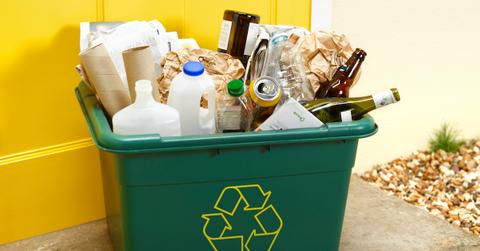
When we were little, we were told that one of the core rules of proper recycling was that each different item — glass, plastic, paper, and aluminum — should be placed in its own separate bin. Many sanitation and recycling programs run by municipalities follow this model, having pickup days for each or a few different materials each week. This is not always the case, however. What is commingled recycling, aka single-stream recycling, and how does it make it even easier for people to recycle?
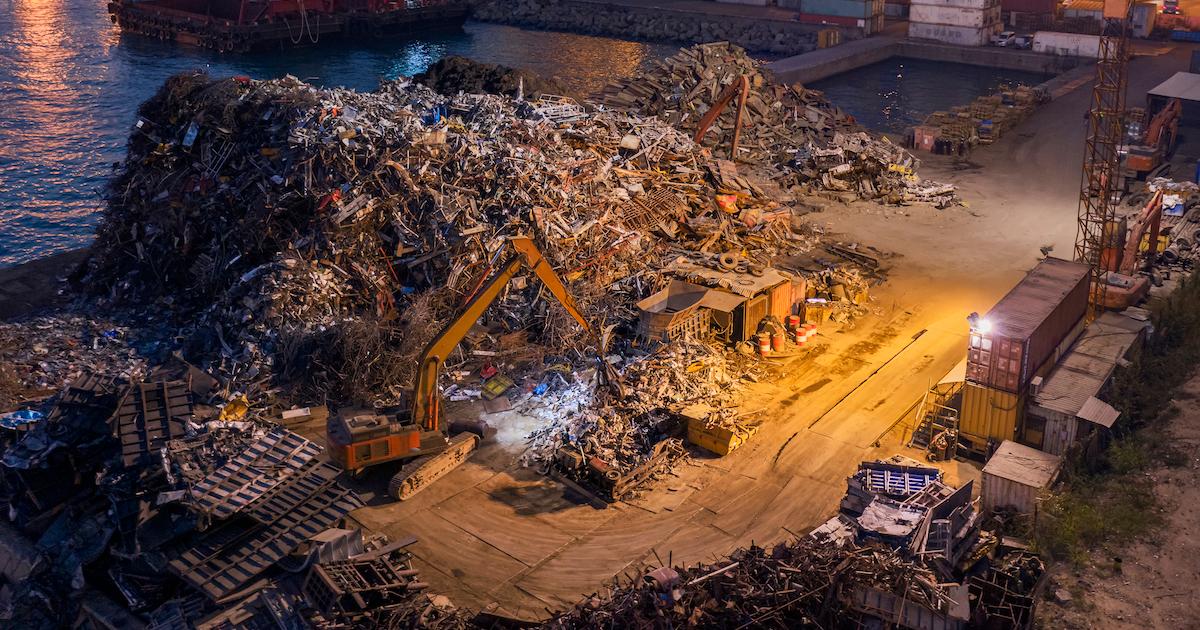
What is commingled recycling?
Single-stream recycling, otherwise known as commingled or single-stream recycling, is the system in which all paper, plastic, metals, etc. are mixed into a single collection truck. Rather than taking them in separate loads in separate trucks, all the recycling is dumped into one load, which is then sifted and separated at a recycling facility.
The collection and processing systems of these recycling facilities are designed to handle a fully commingled mixture, so it’s not as if the workers are suddenly inundated with a mish-mosh of unsorted junk.
Many municipal curbside recycling programs collect commingled recycling. In these cities, you can put all your curbside recyclable materials in the same bin, and know that they'll be sorted out by the machines at your municipality's recycling center.
Many areas opt for dual-stream recycling instead, which is when paper and cardboard are kept separate from commingled plastic, glass, and metal. This means people will need two recycling bins, each of which will be recycled in separate streams. For instance, this is the case New York City.
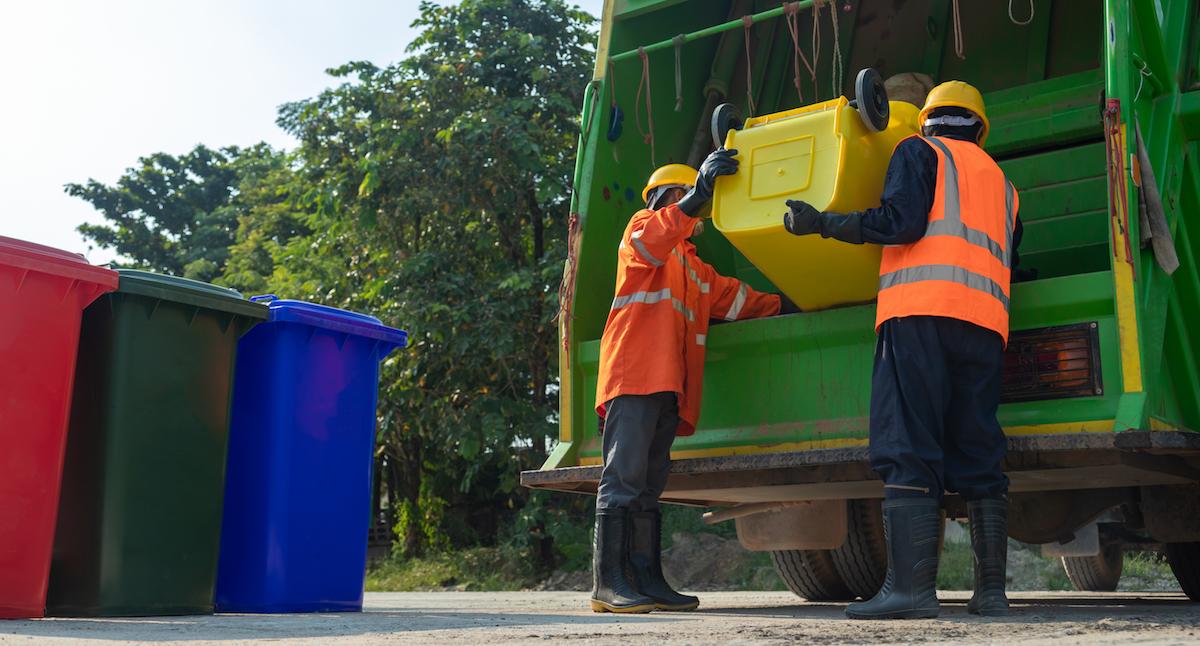
Is commingled recycling easier?
The idea of a single load of mixed recyclables definitely makes the act of recycling easier for the individuals getting rid of items, whether it's at home, at work, or in public.
The easier recycling is, the more people are likely to make a habit of recycling.
Additionally, single-stream recycling can also reduce the collection costs that usually accrue with traditional recycling methods, since sanitation workers will have less pickups to make.
Is commingled recycling better for the environment?
Single compartment trucks are less expensive to purchase and operate. It also takes less time to collect the recyclables, thereby allowing the drivers to spend less time on the road, thereby reducing emissions. Aside from the obvious benefits of less driving and fewer cars on the road, commingled recycling is a more flexible solution in terms of the materials that can be corrected.
For instance, commingled recycling sometimes means that more paper grades may be collected, including junk mail, telephone books, and mixed residential paper, all of which can sometimes pose issues when it comes to traditional paper recycling standards.
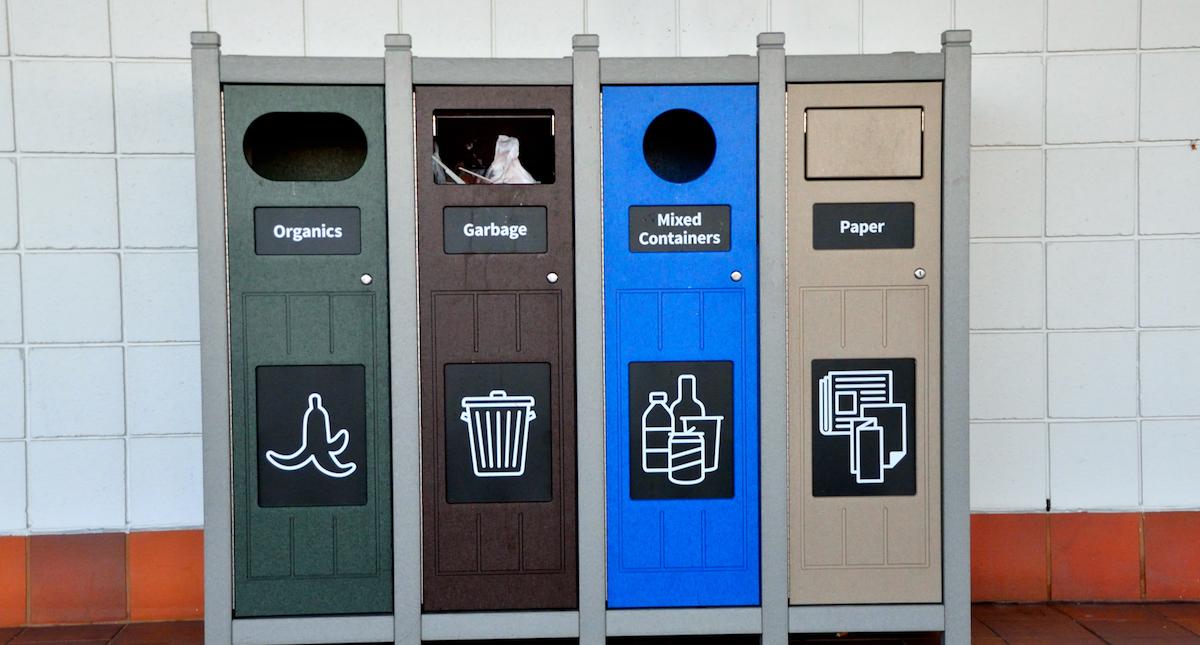
Does commingled recycling have disadvantages?
Commingled recycling is not without its disadvantages, however. The main problem has to do with costs incurred when adopting a new model. New carts, collection vehicles, and updated processing facilities all have to be implemented, as do new sorting machines and software. Processing costs might also increase.
According to Container Recycling, single-stream recycling costs about $3 more per ton than dual-stream recycling.
There are also concerns regarding potential contamination of materials. People get lazy when they have to throw it all together. So more salt might end up mixed in with the pepper, if you catch our drift. There also might be some increase in processing rates as a result. More broken glass, dirty paper, or contaminated plastic means less output of usable materials.
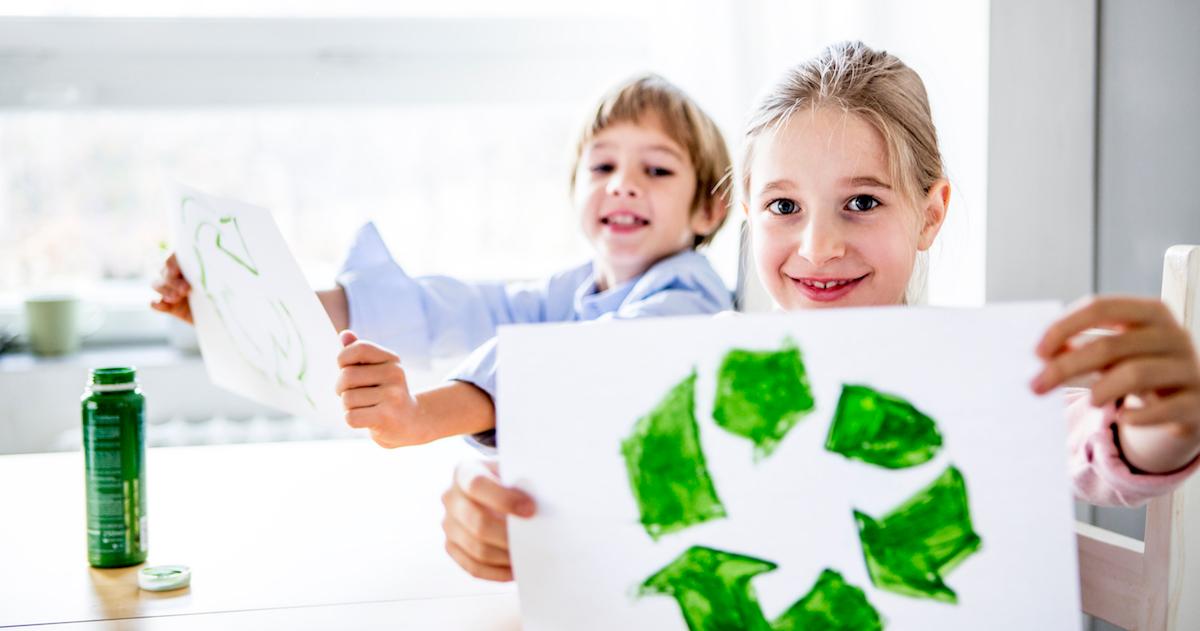
In the end, commingled recycling — whether single-stream or dual-stream — has plenty of benefits for those municipalities that can afford it. It is better at getting people into recycling and is, therefore, better for the recycling movement, even if it isn’t always best for the recycling process. One might argue that with 8 billion people living on the Earth, spreading the word about recycling and strengthening the movement might even offset the cost-effectiveness of the process.
This article, originally published on Dec. 4, 2020, has been updated.